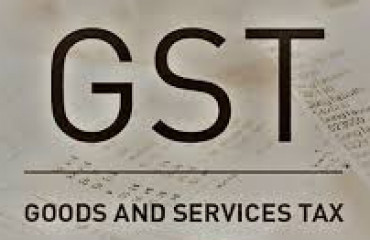
The recent GST revision on staple food items such as flour, rice, and milk products like paneer and curt may help to boost the revenue collection of the central government, Minister of State for Finance Pankaj Chaudhary on Monday.
The recent GST revision on staple food items such as flour, rice, and milk products like paneer and curt may help to boost the revenue collection of the central government, Minister of State for Finance Pankaj Chaudhary on Monday.
Recently, the Central government added packed rice, flour, honey, jaggery, curd, and puffed rice to the GST ambit. Such products will attract 5% GST.
In addition to this, hotel rooms with a tariff of up to ₹1,000/day, maps, and charts, including atlases, will attract 12% GST while 18% GST has been levied on tetra packs and fees charged by banks for the issue of cheques (loose or in book form).
"A recent revision in GST rates is expected to further boost Government's revenue collections," the minister said in a written reply in the Lok Sabha.
As per the latest data by the Centre, GST collections for July remained above ₹1.4 lakh crore for the fifth straight month. Gross GST revenue collected in the month of July 2022 stood at ₹1,48,995 crore. The July revenue figure is 28% higher than the revenues in the same month last year of ₹1,16,393 crore.
He said that the GST collection in the first quarter of 2022-23 registered a growth of 36.4% compared to the corresponding period of the previous year indicating a stronger revenue position of the Government.
In reply to another question, Chaudhary said the government, on the recommendations of the GST Council, has taken several measures for reforms in GST, including structural changes like calibration of rates for correcting inverted duty structure and pruning of exemptions. These also include measures for improving tax compliance such as mandating e-way bill, input tax credit (ITC) matching, mandating e-invoice, deployment of artificial intelligence and machine-based analytics, Aadhaar authentication for registration, calibrated action on non-filers, targeted assessment based action on risky taxpayers, and integration of e-way bill with FASTag, he said.
GST, introduced on July 1, 2017, subsumed various taxes including excise, services tax, octroi, and other levies. The proceeds are shared between the Centre and states.
"In the first year after introduction, GST revenues started flowing in from August 2017. On a like-to-like basis, the GST revenue for the period August-March grew by 44% from 2017-18 to 2021-22," he said.
